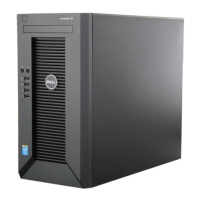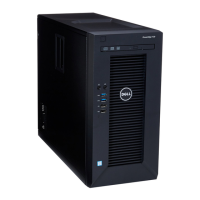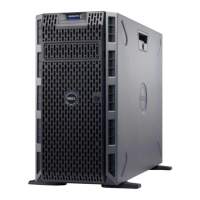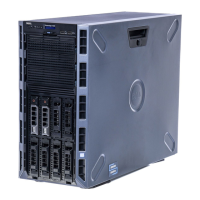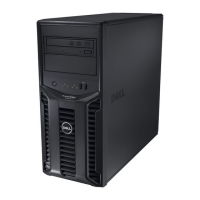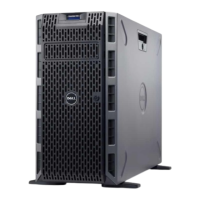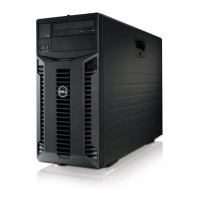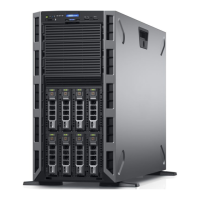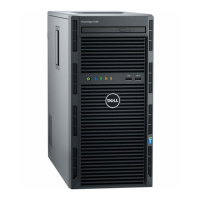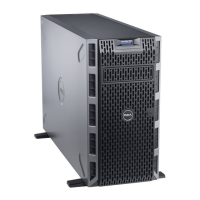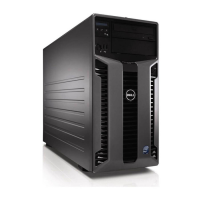Dell
PowerEdge T710 Technical Guide 35
9 BIOS
9.1 Overview
The T710 BIOS is based on the Dell BIOS core and supports the following features:
Simultaneous Multi-Threading (SMT) support
Processor Turbo Mode support
PCI 2.3 compliant
Plug and Play 1.0a compliant
MP (Multiprocessor) 1.4 compliant
Ability to boot from hard drive, optical drive, iSCSI drive, USB key, and SD card
ACPI support
Direct Media Interface (DMI) support
PXE and WOL support for on-board NICs
Memory mirroring support
SETUP access through <F2> key at end of POST
USB 2.0 (USB boot code is 1.1 compliant)
F1/F2 error logging in CMOS
Virtual KVM, CD, and floppy support
Unified Extensible Firmware Interface (UEFI) 2.1 support
The T710 BIOS does not support the following:
Embedded Diagnostics
BIOS language localization
BIOS recovery after bad flash (but can be recovered with iDRAC Express)
9.2 BIOS Settings and Defaults
Refer to the Dell PowerEdge T710 Systems Hardware Owner’s Manual on Support.Dell.com for
detailed information on navigating the BIOS screens.
9.3 Power Management Modes
9.3.1 OS Control
Intel processors support Demand Based Switching (DBS) which enables the processor to dynamically
change its operating frequency in response to workload changes. The industry standard
implementation of this power management feature is in the Operating System (OS). The OS monitors
process/thread level utilization of the processor and uses processor controls to change the operating
frequency. For heavy workloads, the OS will run the processor at higher frequencies for additional
performance. Lighter workloads do not need high performance, thus the OS will run the processor at
lower frequencies.
9.3.2 Active Power Controller
The Dell Active Power Controller (DAPC) is a Dell proprietary implementation that provides improved
performance/watt over the operating system implementation of Intel‘s DBS. DAPC was first released
with the eleventh-generation server platforms. DAPC is implemented in system BIOS and uses
hardware level counters and so forth to determine hardware utilization. The BIOS uses this
information to determine when to change the processor‘s operating frequency.
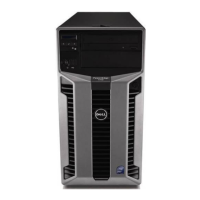
